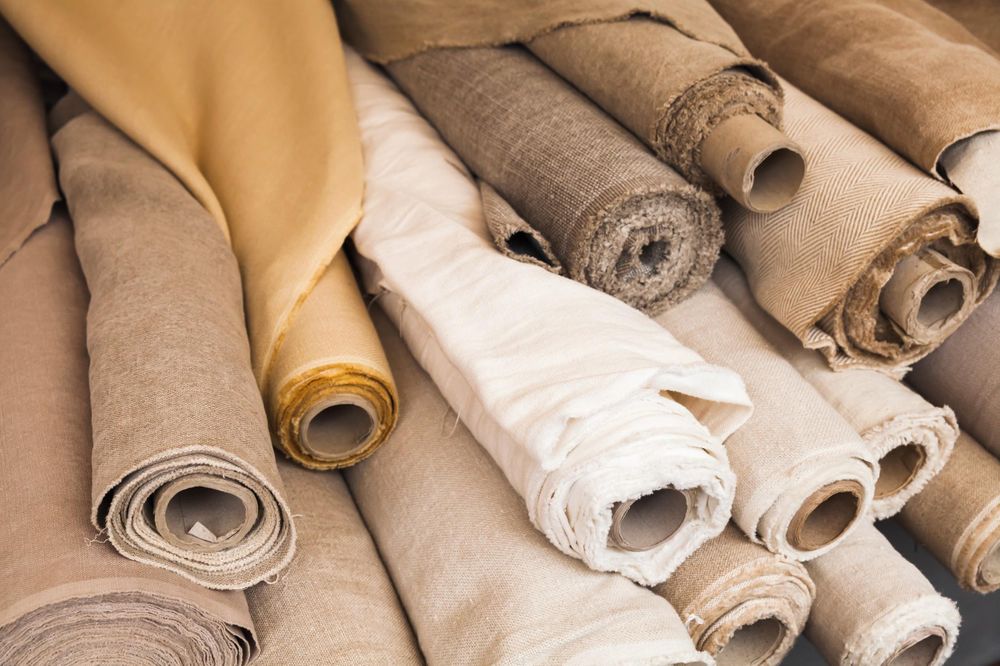In recent years, sustainability has become a buzzword in the food and energy sectors and the fashion industry. With growing concerns about climate change, pollution, and the overconsumption of resources, many individuals are turning to eco-friendly alternatives regarding their clothing choices. Building an eco-friendly wardrobe is about purchasing items made with sustainable materials and embracing practices that help reduce waste and promote ethical fashion. Here are some key trends and strategies to help you create a sustainable wardrobe that supports the planet.
1. Choose Natural and Sustainable Fabrics
Choosing clothing made from environmentally friendly fabrics is one of the most critical aspects of building a sustainable wardrobe. Look for materials like organic cotton, hemp, linen, and bamboo. These fabrics are often grown without harmful pesticides and require less water than conventional crops. Recycled materials, such as recycled polyester, are also gaining popularity. These materials help reduce the demand for virgin resources and give new life to used fabrics, minimizing landfill waste.
2. Invest in Timeless, High-Quality Pieces
Fast fashion, which encourages the purchase of low-cost, trendy items that often don’t last, has contributed to the environmental crisis in the fashion industry. Sustainable fashion advocates suggest investing in high-quality, timeless pieces that can be worn for years to combat this. Choose durable, well-made, and versatile items, and focus on neutral colors and classic designs that won’t go out of style. Investing in quality over quantity reduces the need for constant replacements and minimizes your fashion footprint.
3. Support Ethical Brands and Local Artisans
Another significant aspect of sustainability in fashion is supporting brands that prioritize ethical production practices. Many sustainable fashion brands are committed to ensuring fair wages, safe working conditions, and environmentally responsible manufacturing processes. You contribute to a more just and transparent fashion industry by supporting these companies. Additionally, consider shopping from local artisans and designers who often use sustainable practices and materials. Buying locally not only helps reduce the carbon footprint associated with long-distance shipping, but it also supports smaller-scale, more ethical production.
4. Embrace Secondhand and Upcycled Clothing
One of the most effective ways to build an eco-friendly wardrobe is by shopping for secondhand or upcycled clothing. Thrift stores, consignment shops, and online platforms like Depop or Poshmark offer a wide variety of pre-loved garments, many of which are in excellent condition. By purchasing secondhand items, you reduce demand for new clothing and help extend the life cycle of existing garments. Upcycling, or repurposing old clothing into something new, is another creative way to refresh your wardrobe while minimizing waste.
5. Practice Mindful Consumption
Building a sustainable wardrobe is not just about the clothes you buy; it’s also about how much you buy. Mindful consumption is key to reducing waste. Before purchasing an item, ask yourself if you genuinely need it, if it will fit well with your existing wardrobe, and if it’s a versatile, long-lasting piece. Avoid impulse buys and create a practical and intentional wardrobe with pieces you love and will wear repeatedly.
6. Care for Your Clothes
How you care for your clothes also plays a crucial role in sustainability. Proper maintenance can extend the life of garments and reduce the need for replacements. Wash clothes in cold water, air dry them when possible, and repair minor damage instead of discarding items. Opting for eco-friendly detergents and avoiding over-washing can further reduce your environmental impact.
Conclusion
Building an eco-friendly wardrobe is an ongoing journey that requires thoughtful decisions and a shift in mindset. You can significantly reduce your fashion footprint by choosing sustainable fabrics, investing in quality over quantity, supporting ethical brands, embracing secondhand fashion, practicing mindful consumption, and caring for your clothing correctly. As the demand for sustainable fashion grows, it’s clear that making conscious choices in how we dress can contribute to a healthier planet and a more ethical industry.

